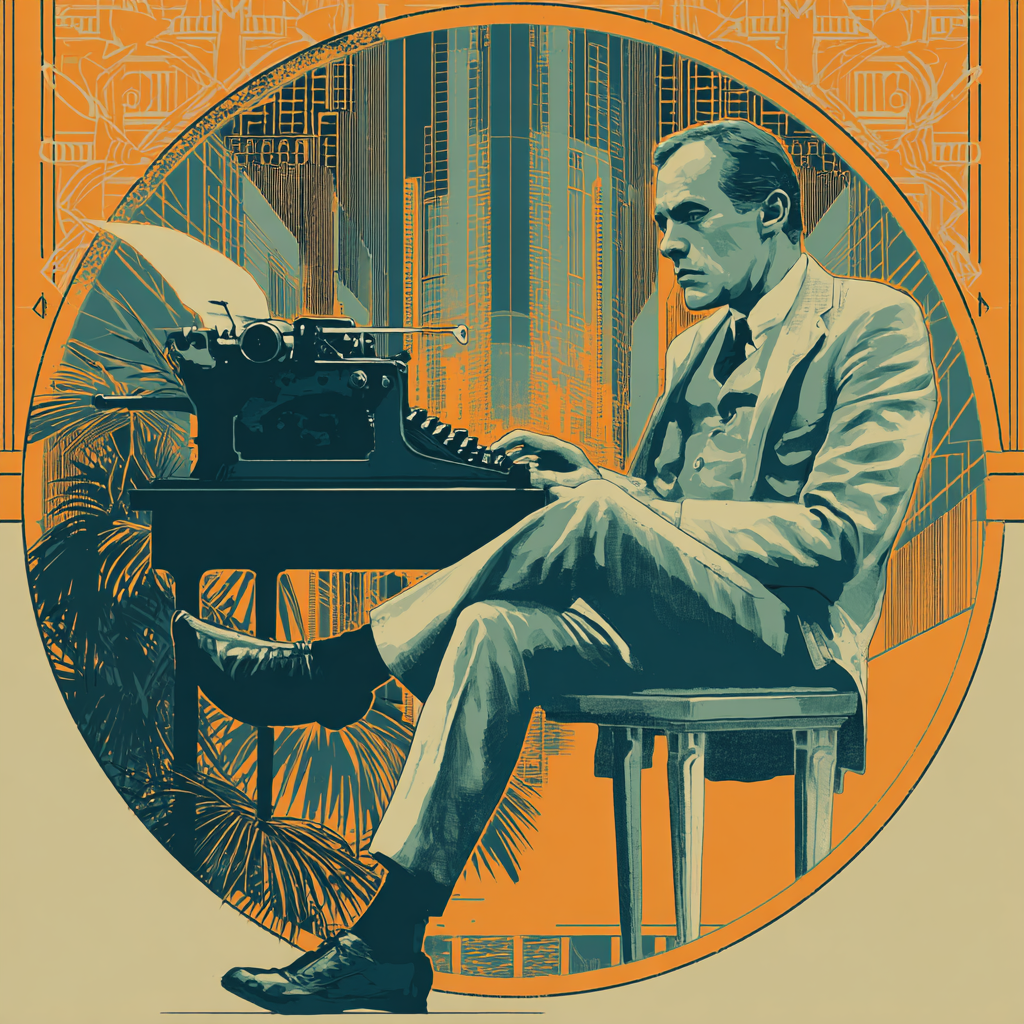
I started writing my novel in VR about a year ago because I wanted to know if it would be a superior process to typing with my thumbs on my Android.
Typewriter
I have an old Hermes 3000 typewriter. It’s a clunky approach because you can’t delete easily, but it forces you to stop and process your ideas before committing to them. The cost of ink and paper is minimal, but maintaining an aging machine is a commitment. With the typewriter, you’ll never browse the internet or get distracted.
Laptop
I used to write everything on my MacBook Pro. In fact, I went through three or four of them over the years. But I don’t prefer it over my Android today. I never liked the way the keyboard felt—it’s too flat. I don’t like spilling coffee on my laptop. I don’t like dropping it, dinging the corner, and then not being able to get the expensive device repaired or replaced under warranty. I still use my laptop when I’m compiling ebooks and print editions of my novels in Scrivener, but I don’t miss writing on it.
Cell Phone
Typing novels on an Android phone with your thumbs is tedious, but I can do it while waiting in the car, lying in bed, sitting in a doctor’s office, or at the dog park. I can manage my notes in the cloud, voice-record content, and have it played back using text-to-speech features on different apps. But sometimes my thumbs ache at the joints, and productivity grinds to a halt—like the collective American faith in its government.
Virtual Reality
I started writing my novel in VR about a year ago because I wanted to know if it would be a superior process to typing with my thumbs on my Android. My husband got me a Meta Quest 3 for the holidays, and I attached a mechanical keyboard, which reminds me of typing class in the ’90s. The feel is ideal. The click provides the same confirmation the typewriter gives—something the laptop never did.
I have to pick up the wand and use it like a mouse on the VR screen, but it’s nice to be able to sit anywhere with the headset on and point at one of the floating three screens in a spatial void. I can have YouTube open on the left, playing focus frequencies, and ChatGPT open on the right to look up details for my novel—geography, history, etymology, etc. Since I upload my writing into a project on AI, I can even ask whether I’ve already specified if my character has ice-brown or amber eyes, or if I’ve never mentioned the exact shade of his irises.
This versatility gives me more control than the laptop, phone, or typewriter. But I don’t use it as often as I’d like. Although writing is a high priority for me, I have a three-year-old schnauzer whose main job is keeping my lap warm. There simply isn’t room for both a 13-pound dog and a mechanical keyboard—at least, not according to my dog.
Verdict
The verdict? It really doesn’t matter what you use as long as you’re writing. VR holds a lot of potential. If I were starting today, I’d use less technology to discover my own voice, shape a routine, and learn who I am without being shaped by the guidance of technology. If I were a parent with kids at home or someone with a long commute, I’d write on my phone and feel good about it. Don’t listen to the voice in your head that says you need to be sitting at a desk. That’s silly. But if I were committed, experienced, and deliberate about preparing work for commercial success, I’d explore the VR workspace for its potential.
Technology cannot replace the artistry of the human spirit. But for those of us who can afford a few hundred dollars for these devices, they can save money on technical aspects of the craft that used to cost far more. They can level the playing field—if you use them ethically.
TL;DR: Older writers should use VR and other new technologies, while younger and new writers should focus on old technologies. Truly.

1 comment
The words you produce will always be more valuable than how they were produced